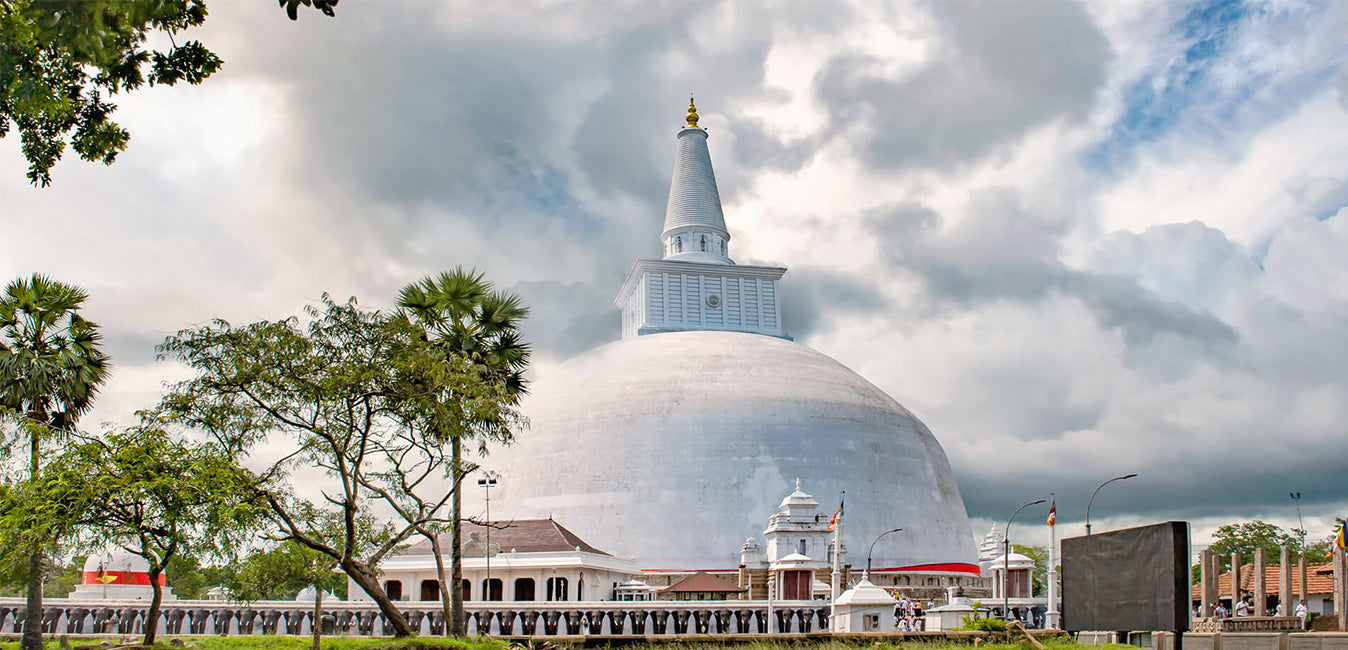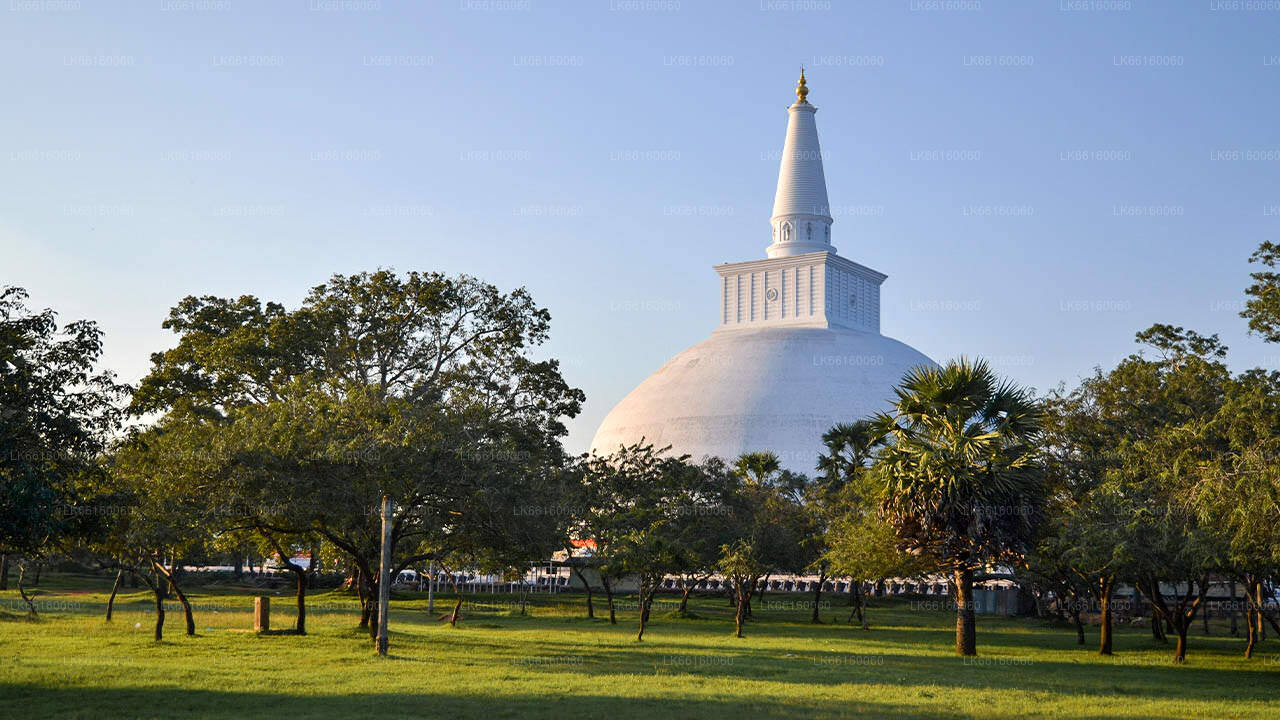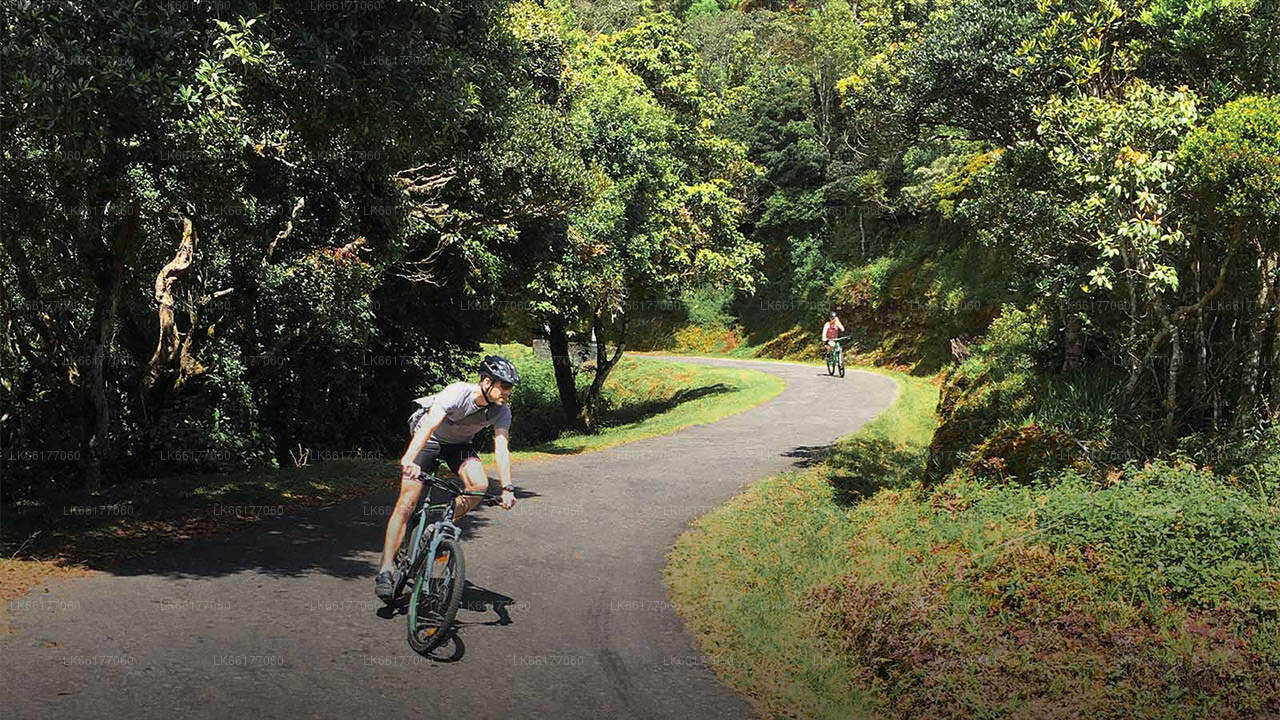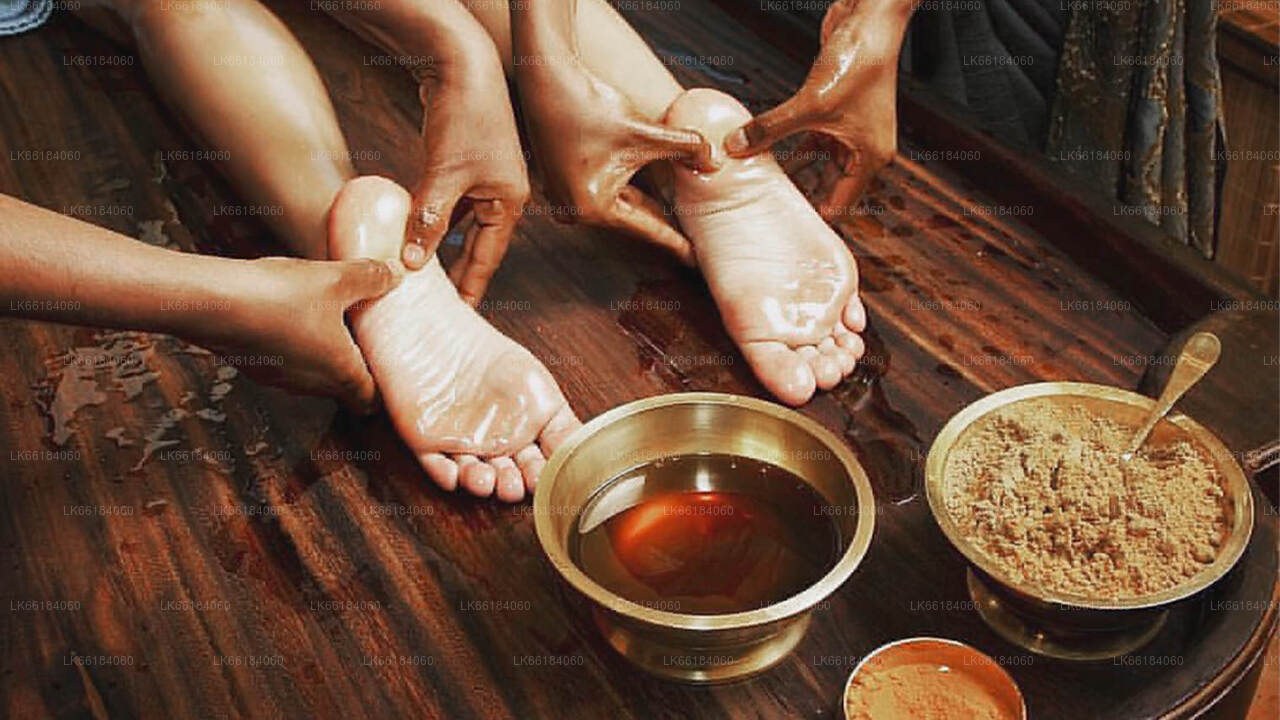
アヌラーダプラの宿泊施設
아누라다푸라는 스리랑카 북중부 지방에 속합니다. 아누라다푸라는 스리랑카의 고대 수도 중 하나로, 잘 보존된 고대 스리랑카 문명 유적지로 유명합니다. 현재 유네스코 세계문화유산으로 지정된 이 도시는 스리랑카의 현재 수도 콜롬보에서 북쪽으로 205km 떨어져 있습니다.
Ritigala Archaeological complex
This site is the monastic complex on the lower slopes of Ritigala-kande – the Ritigala Mountain – situated in Sri Lanka’s North Central Province, 25 miles (40 kilometers) southeast of Anuradhapura. These ruins are some of the most distinctive the island has to offer. The Buddhist dagobas (domed relic chambers) and statuary of Anuradhapura and elsewhere are conspicuous by their absence.
The Archeological Site of Ritigala is situated at the eastern slopes of the Ritigala mountain range, the car park and entrance of the excavation site is 20 km to the northwest of Habarana by road. It can be reached from a turn-off at the Habarana-Anuradhapura Road (A11) at a distance of 12 km from Habarana. An 8.5 km along a graveled road leads to the car park of Ritigala at the foot of the mountain range. The distance from Anuradhapura New Town is 55 km, from Polonnaruwa Archeological Site 63 km, from Kandy 113 km, and from Trincomalee 105 km.
Attraction of Ritigala archaeological complex
The reservoir: the perimeter of this huge polygonal reservoir measures 366 meters. it is said to have been dug during the reign of King Pandukabhaya (437-367 BC). Because of its location even before the entrance to the monastery, its use would have been to allow pilgrims and visitors to perform a ritual bath before entering the premises. The reservoir is crossed by a river which supplied it with water. Visitors would walk along it clockwise and reach the other side of the river.
The hospital: among the remains still visible are those of an ancient hospital and facilities for making herbal medicines, a field in which the monks particularly excelled. We can still see a bathtub used for Ayurvedic baths, as well as stones used to reduce roots and herbs to powder.
The double platforms: about fifty terraces are visible in Ritigala. On each of them, a double platform was built. They were probably surmounted by buildings housing meditation cells and other spaces devoted to common rites and teachings. Each of these platforms is oriented east-west and a stone bridge connects each pair. These platforms are typical of forest hermitages like that of Ritigala.
The traffic circles: the paved path is crossed by traffic circles visible at each intersection. These are large slabs forming a circle from which two or more paths start.
아누라다푸라 지구 소개
아누라다푸라는 스리랑카 북중부 지방에 속합니다. 아누라다푸라는 스리랑카의 고대 수도 중 하나로, 잘 보존된 고대 스리랑카 문명 유적지로 유명합니다. 현재 유네스코 세계문화유산으로 지정된 이 도시는 스리랑카의 현재 수도 콜롬보에서 북쪽으로 205km 떨어져 있습니다. 신성한 도시 아누라다푸라와 그 주변에는 수많은 유적이 있습니다. 유적은 다고바, 수도원, 그리고 포쿠나(연못)의 세 가지 유형의 건물로 구성되어 있습니다. 이 도시는 고대 세계에서 가장 복잡한 관개 시스템을 갖추고 있었으며, 국가의 건조 지대에 위치해 행정부는 토지에 관개를 위해 많은 탱크를 건설했습니다. 대부분의 민간인은 싱할라족이며, 타밀족과 스리랑카 무어족이 이 지역에 거주합니다.
북중부 지방 소개
북중부 지방은 이 나라에서 가장 큰 지방으로 전체 국가 면적의 16%를 차지했습니다. 북중부 지방은 폴로나루와와 아누라다푸레라는 두 개의 지구로 구성되어 있습니다. 아누라다푸라는 스리랑카에서 가장 큰 지구입니다. 면적은 7,128km²입니다. 북중부 지방은 투자자들이 사업을 시작할 수 있는 수많은 잠재력을 가지고 있으며, 특히 농업, 농업 기반 산업 및 축산 분야가 그렇습니다. 북중부 지방 주민의 65% 이상이 기초 농업 및 농업 기반 산업에 의존합니다. NCP는 이 지방에 중대형 탱크가 3,000개 이상 있기 때문에 "웨우 벤디 라제"라고도 불립니다. 스리 마하 보디야, 루완웰리 세야, 투파라마 다게바, 아바야기리 수도원, 폴로나루와 랑코트 웨헤라, 란카티레이크가 두렵습니다.

















